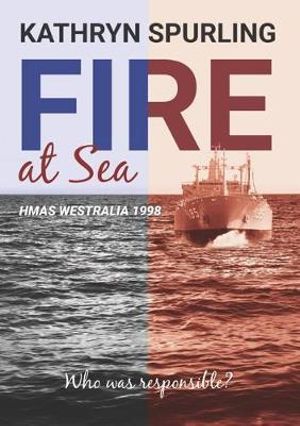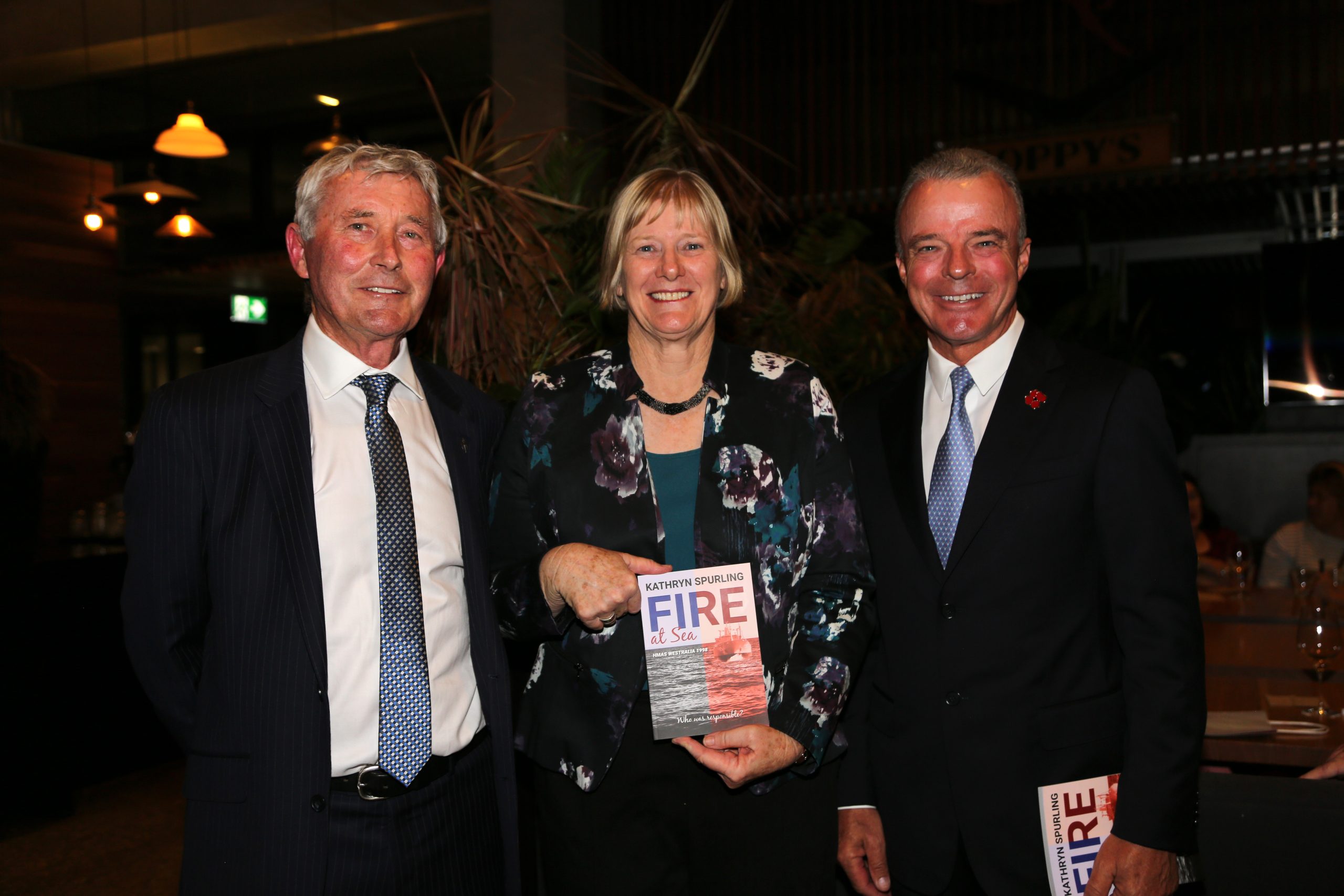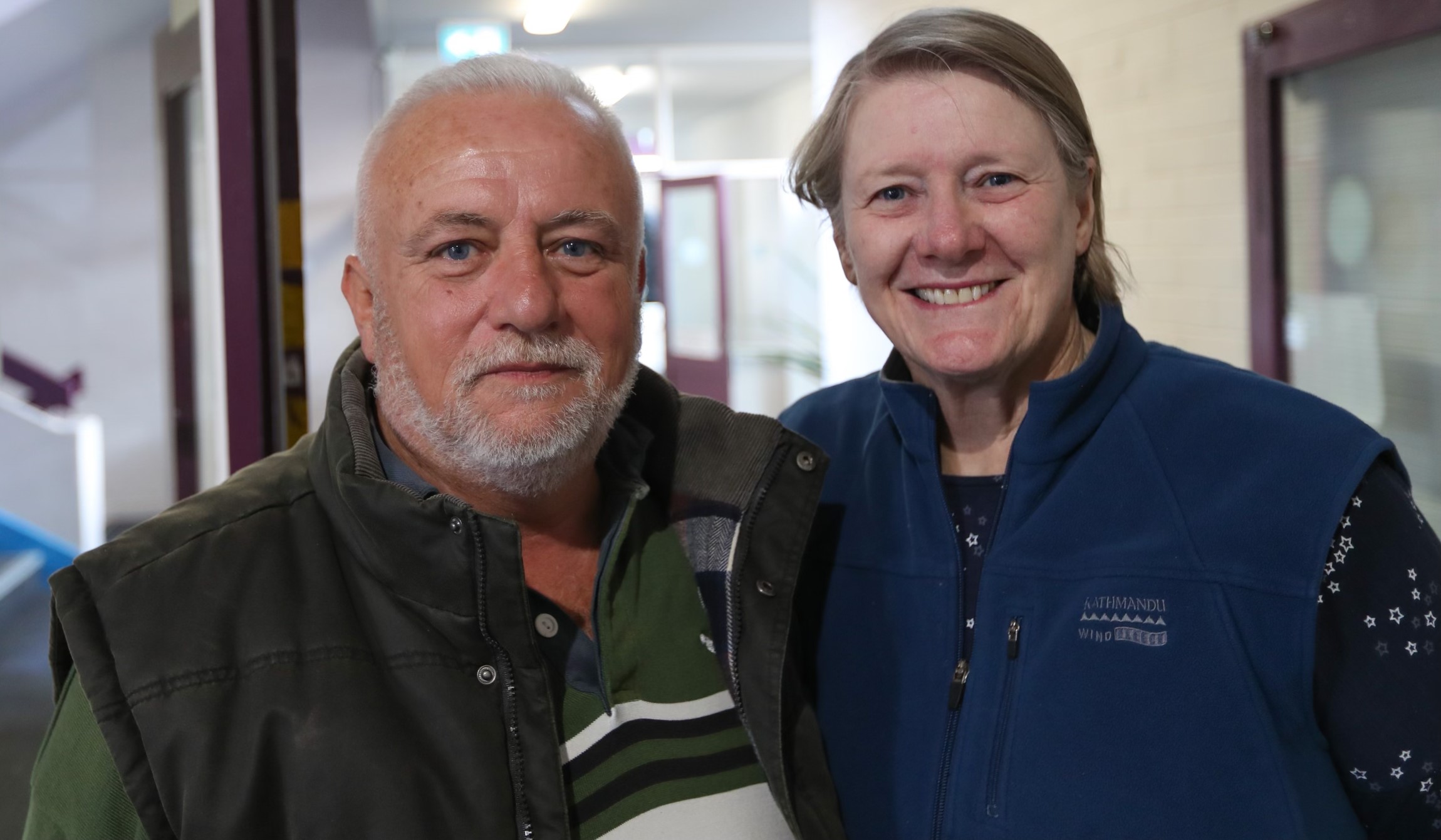I’m making a documentary and I need your help.
FOUR YOUNG AUSTRALIANS WERE KILLED IN AN NAVY ENGINE ROOM FIRE AND DESPITE ALL THE EVIDENCE BROUGHT FORWARD NO WAS FOUND CRIMINALLY RESPONSIBLE.
WHY?
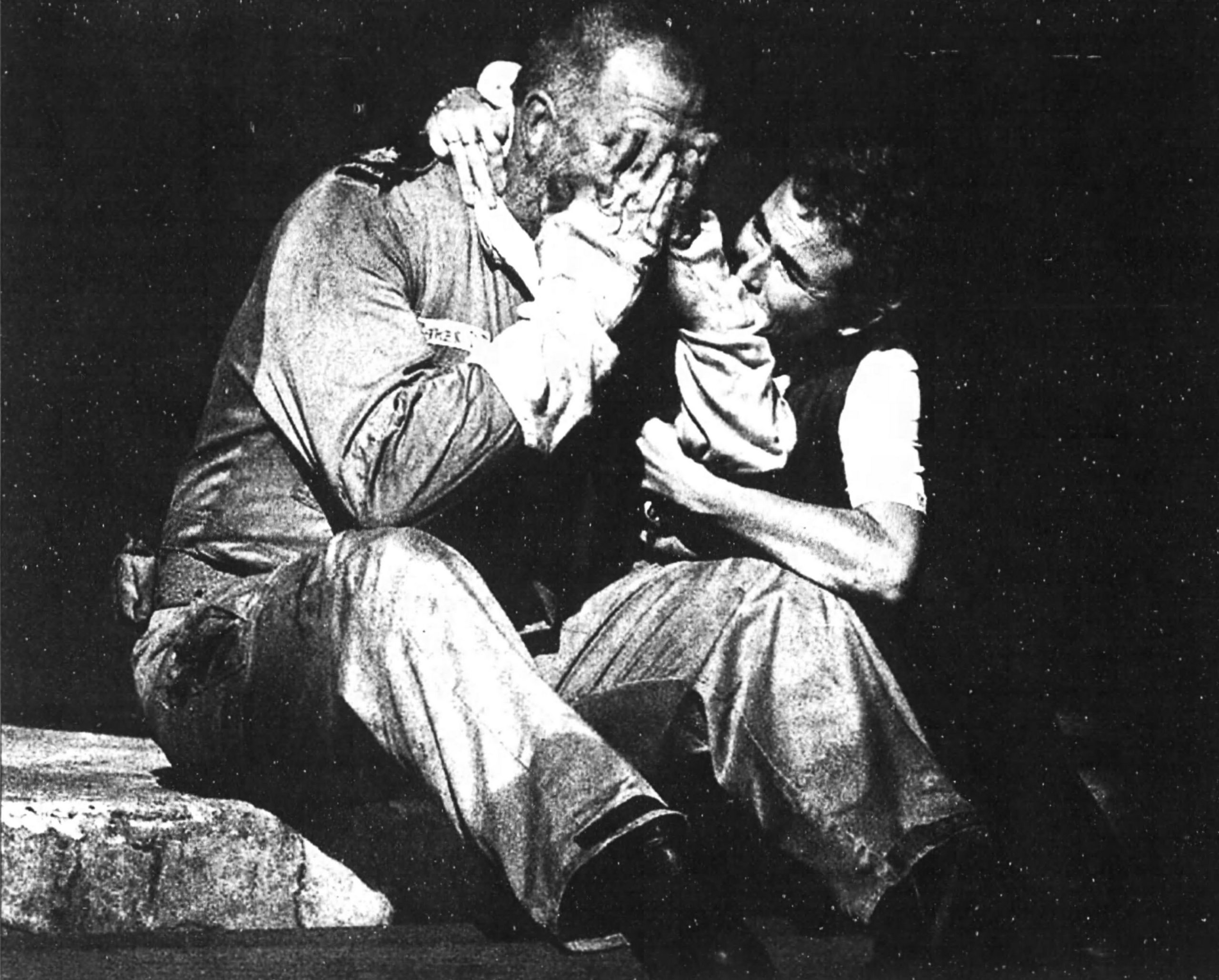
So many questions
FOUR YOUNG AUSTRALIAN NAVAL PERSONNEL WERE KILLED IN AN NAVY ENGINE ROOM FIRE AND NO INDIVIDUAL (ONE) WAS FOUND CRIMINALLY RESPONSIBLE.
WHY?
A documentary must be made to speak of the service and sacrifice of the Midshipman and three sailors killed on 5 May 1998 in the engine room of HMAS Westralia, but of the survivors and families scarred by an event caused by dishonesty, mismanagement, and government subterfuge. The true story must be revealed.
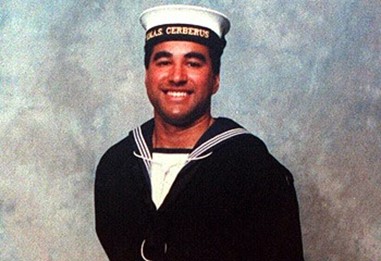
Carroll
Able Marine Technician
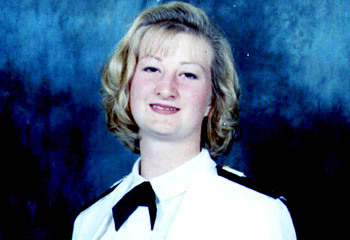
Pelly
Midshipman Megan Pelly

Smith
Petty Officer Shaun Smith
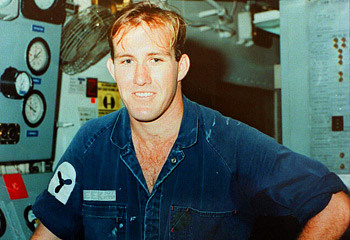
Meek
Leading Marine Technician Brad Meek
So What Happened?
The fire was caused by hoses that burst and sent flames and thick, black smoke throughout the engine room.
The crew fought bravely to save their ship but were unable to save the lives of Midshipman Megan Pelly (22), Petty Officer Shaun Smith (29), Leading Seaman (MT) Bradley Meek (25) and Able Seaman (MT) Phillip Carroll (23).
The hoses that caused the disaster were fitted by non-qualified contractors and were not up to compliance standards.
But the cover-up that happened next was chilling and unforgiveable.
A labyrinth of fraud, nepotism, dishonesty, incompetence, and official cover-up resulted. The blame game between different government departments and private companies superseded the loss of four lives.
The families of those who perished have suffered immensely, and the survivors have had their lives destroyed. This documentary will tell their tragic story and shine a light on the issues of naval shipbuilding in Australia and the need for a sovereign capability. Funds are needed to produce this important documentary.
The human cost was lost in the battle and blame game between different government departments and private companies. The families wanted the truth and genuine compassion but their hard-fought battle for justice revealed a labyrinth of innuendo concerning fraud, nepotism, dishonesty, incompetence and official cover-up.
The questions remained: Who was responsible? And would they be held accountable?
Much of the evidence is lost or destroyed and the numerous ‘witnesses’ who have never been formally interviewed are now getting older and their memories fade. The naval engineering family has changed so much that many now do not know what they do not know.
The family and friends of these brave young people need closure.
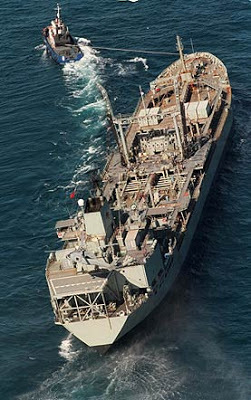
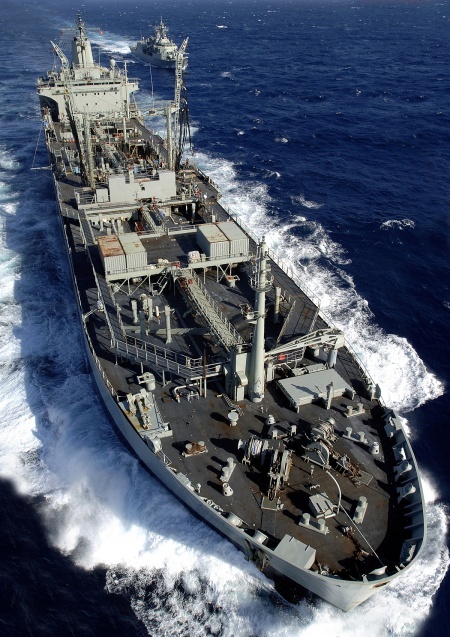


A few photos of Westralia.
Before and during (helicopter rescue and tug trying to drag it away from the shore). The only ‘fire’ photo was a drawing from the Sydney Morning herald.

Documentary Maker
David Jenkins
Highly commended documentary maker, David Jenkins, has been producing film and television projects in Canberra for the past 7 years. Having established his digital studio, Ghetto Media at Canberra Technical Park, his work has focussed broadly from business communication and marketing to military history productions such as a film commemorating The Cowra Outbreak.
Much of his spare time is spent supporting others in developing their media skills and highlighting Australian cultural history and natural wonders.
David is giving us his time to make this documentary, however we still need money. There are a number of costs that go into making a documentary film, from the initial research and development to the final post-production costs. Here is a breakdown of some of the main expenses:
- Research and development: This includes the cost of any travel and accommodation associated with researching the film’s subject matter, as well as any fees associated with hiring experts or consultants.
- Pre-production: This includes the cost of hiring a production team, renting equipment, and securing locations.
- Production: This includes the cost of film crew salaries, travel and accommodation costs, and any other on-set expenses.
- Post-production: This includes the cost of editing, scoring, and graphics. It also covers the cost of mastering and duplicating the final film.
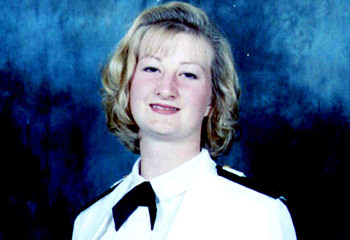
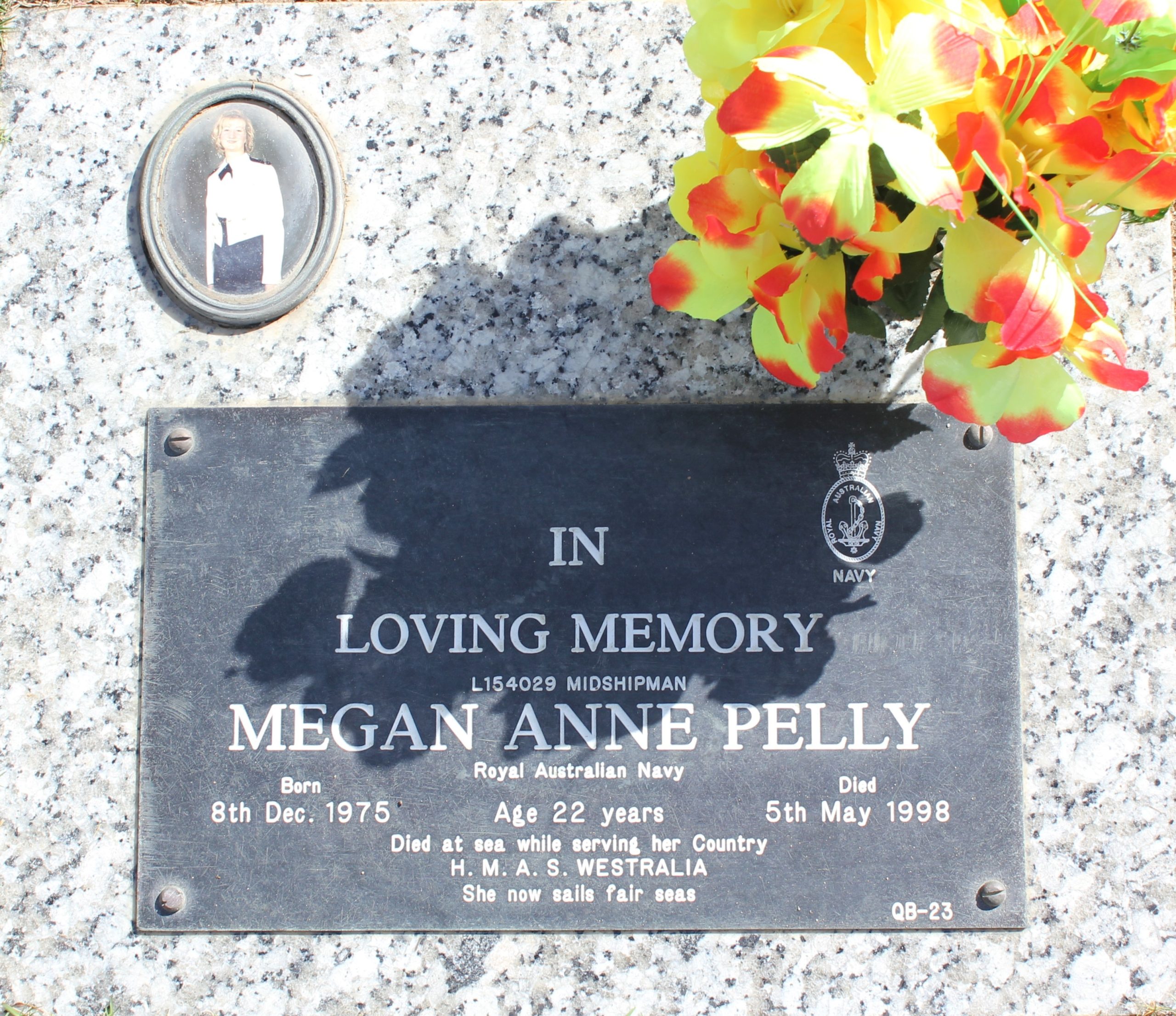
A documentary about my book
At the launch I am standing with Bernard Collaery (family lawyer and former ACT Attorney General) and the then head of AWM, Dr Brendan Nelson.
FIRE AT SEA – Book reviewed by Dr Gregory P. Gilbert
THE BOOK ‘Fire at Sea’ is summarised on its back cover – ‘On the morning of 5 May 1998, HMAS WESTRALIA proceeded to sea. As the engines were brought to full power hoses burst. Flames erupted and thick, black smoke filled the engine room. The crew fought bravely to save their ship but were unable to save midshipman Megan Pelly, Petty Officer Shaun Smith, Leading Seaman Bradley Meek and Able Seaman Phillip Carroll.
The human cost was lost in the battle and blame game between different government departments and private companies. The families wanted the truth and genuine compassion but their hard-fought battle for justice revealed a labyrinth of innuendo concerning fraud, nepotism, dishonesty, incompetence and official cover-up. The questions remained: Who was responsible? And would they be held accountable?’
Dr Kathryn Spurling has done an excellent job in bringing together the facts concerning the tragic fire in HMAS WESTRALIA in May 1998. The author also provides an excellent picture of how these events have affected the families involved. Many still suffer today. I purposely say facts above because Spurling has developed a strong narrative based upon all available information made public through the related RAN Board of Inquiry (BOI), related inquests and Parliamentary records. The facts, however, remain confusing because much of the relevant information has never been identified or assessed and many of the participants have not provided statements or been interviewed. Indeed it would seem that Defence policy was to prevent its staff, both civilian and uniformed, from characterising the systemic failures of naval engineering from 1988 until at least 2006.
I would have liked to say that this event was a turning point in the development of the Royal Australian Navy, unfortunately instead of identifying the cultural failures, tackling the systemic problems and fixing the clear problems in naval engineering and the ship support practices, much of Navy and Defence has taken the coward’s option of hiding behind corporate responsibility. As a result, after twenty years, there are still no clear answers to Spurling’s questions – Who was responsible? And would they be held accountable? Much of the evidence is lost or destroyed and the numerous ‘witnesses’ who have never been formally interviewed are now getting older and their memories fade. The naval engineering family has changed so much that many now do not know what they do not know. In my opinion we will never have the answers.
Many questions have yet to be asked let alone answers provided. Who was responsible for purchasing a rust bucket with worn out systems and equipment? If we could not afford a second AOR (a sister to HMAS SUCCESS) then why did we purchase a vessel that was unsuitable for the task of supporting warships on the West coast? What systems were removed during the previous refits? Who removed the steam drench system and replaced it with a CO2 system? Who designed this and where are the calculations. Who designed the firefighting arrangements onboard? And where were they promulgated? Who authorised the replacement of totally enclosed lifeboats with RIBs? Although an almost identical configuration change had been rejected by MISD in 1995-6, why was the Pielstick diesel engine agent not requested to correct the recurring fuel line defect? (As several years passed without action any claim of urgency in the later change is negated).
Why was the ship expected to go to sea – being considered Available for Sea – when clearly it had numerous recurring safety related defects and some of its systems were not fully operational? Who was the Chief Naval Engineer (CNE) at the time and what steps had been taken to correct systemic failures of the configuration process? Who were the previous CNEs who over a ten-year period were responsible for the de-engineering of the RAN? What group decided that professional engineers were no longer required throughout Navy? Why had the senior specialist engineers who previously had undertaken their traditional roles under the Principal Naval Overseers vanished? Why had the naval design directorates and their corporate knowledge of naval engineering been closed down?
Spurling suggests that fraud, corruption and maladministration all had a part to play. Very poor management was evident throughout – before, during and after the incident (it was not an accident!). In my opinion it was poor management within the naval engineering branch, and their unwillingness to challenge stupid financial decisions, that led to a string of failures throughout the 1990s. I can remember that there were a number of very good officers who did try to stop the rot but there were many more disillusioned ones. I can remember being told to prioritise Category 1 ‘Safety Related’ Configuration Changes by sorting them into grades 1A to 1D because there was not enough funds set aside to do more that the 1A and 1B groups. Of course not doing the ‘Safety Related’ 1C and 1D groups was not evidence of risk management but rather gambling with the lives of those sailors concerned. My view, clearly expressed at the time, was that all ‘Safety Related’ configuration changes must be funded or we needed to stop ships from going to sea until the funds were made available. This. of course did not meet the ‘can do’ attitude required at the time and within six months I was packaged out and ended my civilian naval engineering career.
This is in marked contrast to the attitude of the RAAF which implemented major organisational and cultural reforms after its own tragic and costly aircraft accidents. Air Force embraces engineering change, learning positively from its losses. The RAAF periodically has renewed emphasis on improving flying safety and the organisational and procedural reforms necessary to achieve it. Some in the Navy have commented dryly that the Air Force sometimes does not bother to turn up to ADF exercises but this slight may be just an indication of the different philosophies of service safety in peacetime. A number of the Navy’s operational commanders, during the 1990s at least, did not comprehend the technical risks associated with the failed support arrangements. Their naval engineering staff were often individual survivors floating amongst the flotsam and jetsam of ‘naval engineering reforms’ that had let the baby out with the bathwater.
Some will say that the RAN has moved on and that events such as the HMAS WESTRALIA fire are things of the past. I am not so sure. I would recommend that ‘Fire at Sea’ be added to the curriculums of the RAN and Defence Staff Courses as it should generate some heated debate and perhaps some future ADF leaders of worth. It is a pity that the RAN did not volunteer to publish ‘Fire at Sea: HMAS WESTRALIA 1998’ themselves for the widest distribution would be of great benefit to all sailors and naval officers. Like it or object to it ‘Fire at Sea’ should make you think. Those who feel responsible will feel like the spot light is getting closer – as they sip their port and relax on their pensions.
